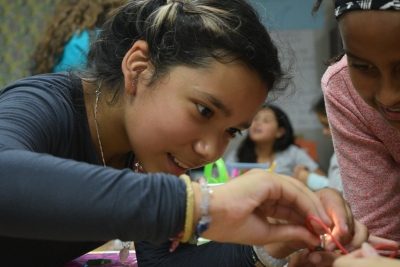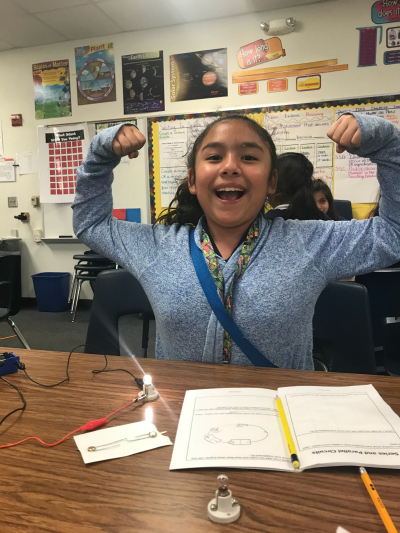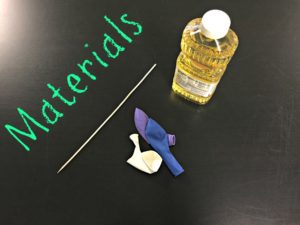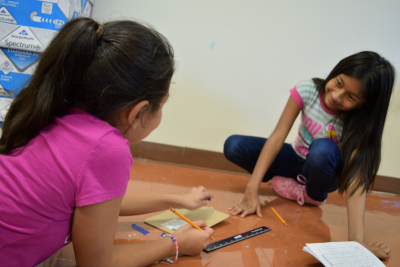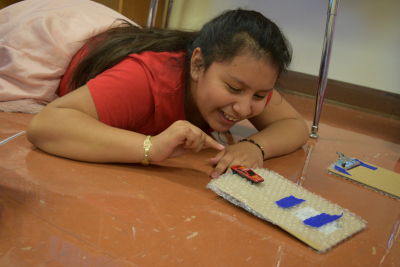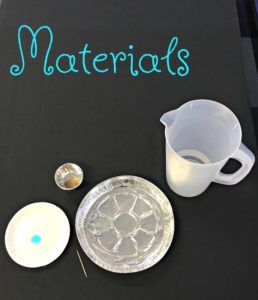This week at Girlstart After School, our girls continued to be Electrical Engineers. While last week the girls learned how to make a complete, functioning circuit, this week, the girls were challenged to use that knowledge to create more complex ones.
First, the girls crafted switches out of a notecard, a paperclip, and two brads, allowing them to easily turn the light bulb on and off. Next, the girls were tasked with adding a second light bulb into their circuit. To their surprise, the bulbs barely produced any light. The girls learned that the circuit they created was a series circuit, a circuit in which the current can only pass through one path. Series circuits are used in old fashioned Christmas lights, proving to be not the most effective.
The girls then had to use the same materials to reconstruct their circuits so that the lights shined brighter, a harder than expected task for most. The only way to achieve this is to create a parallel circuit, a circuit where the current flows through multiple paths. Parallel circuits are used to wire the electricity in houses and pretty much all other circuits. Our young GirlStart engineers now have the skills to create these!

